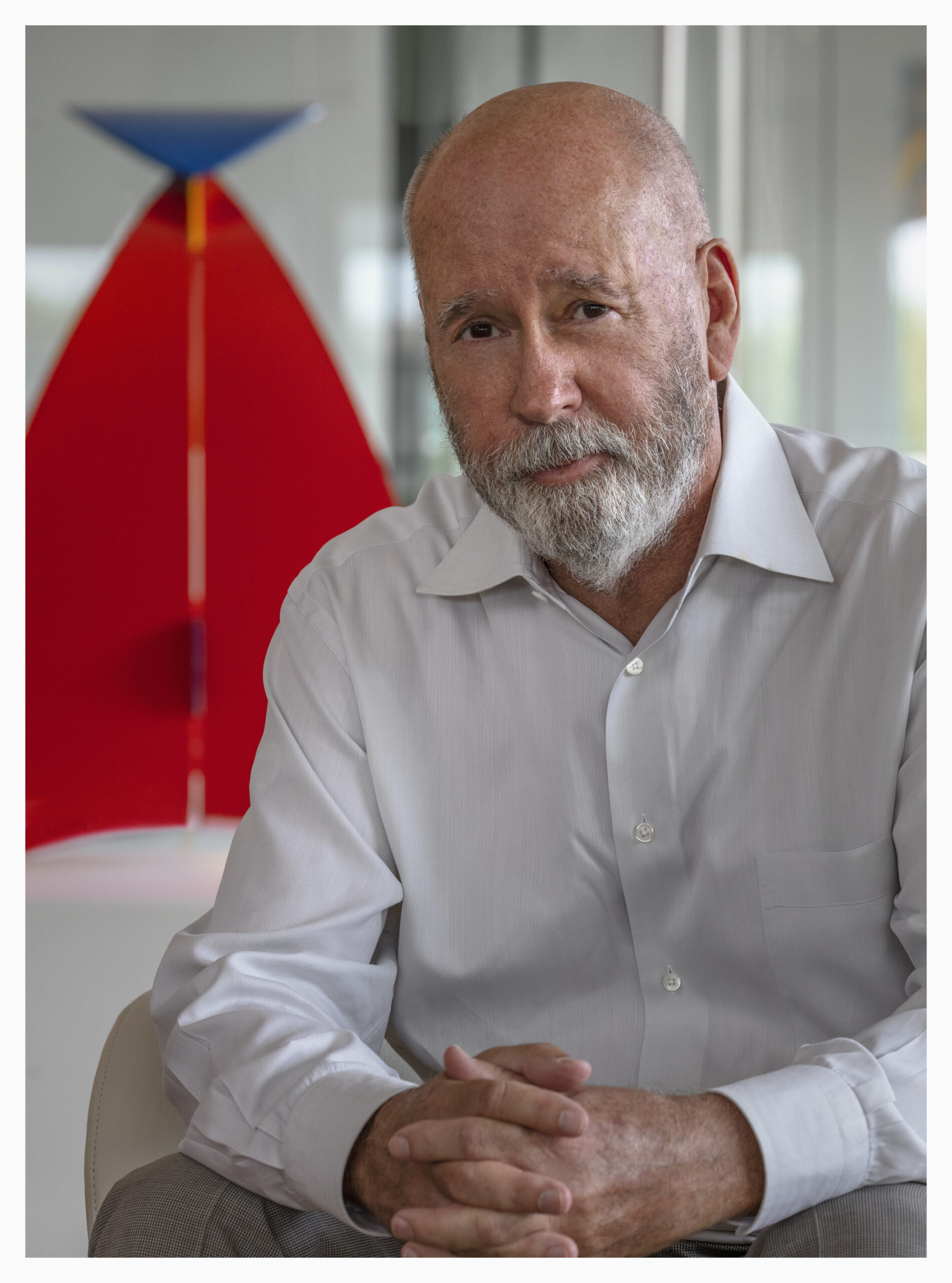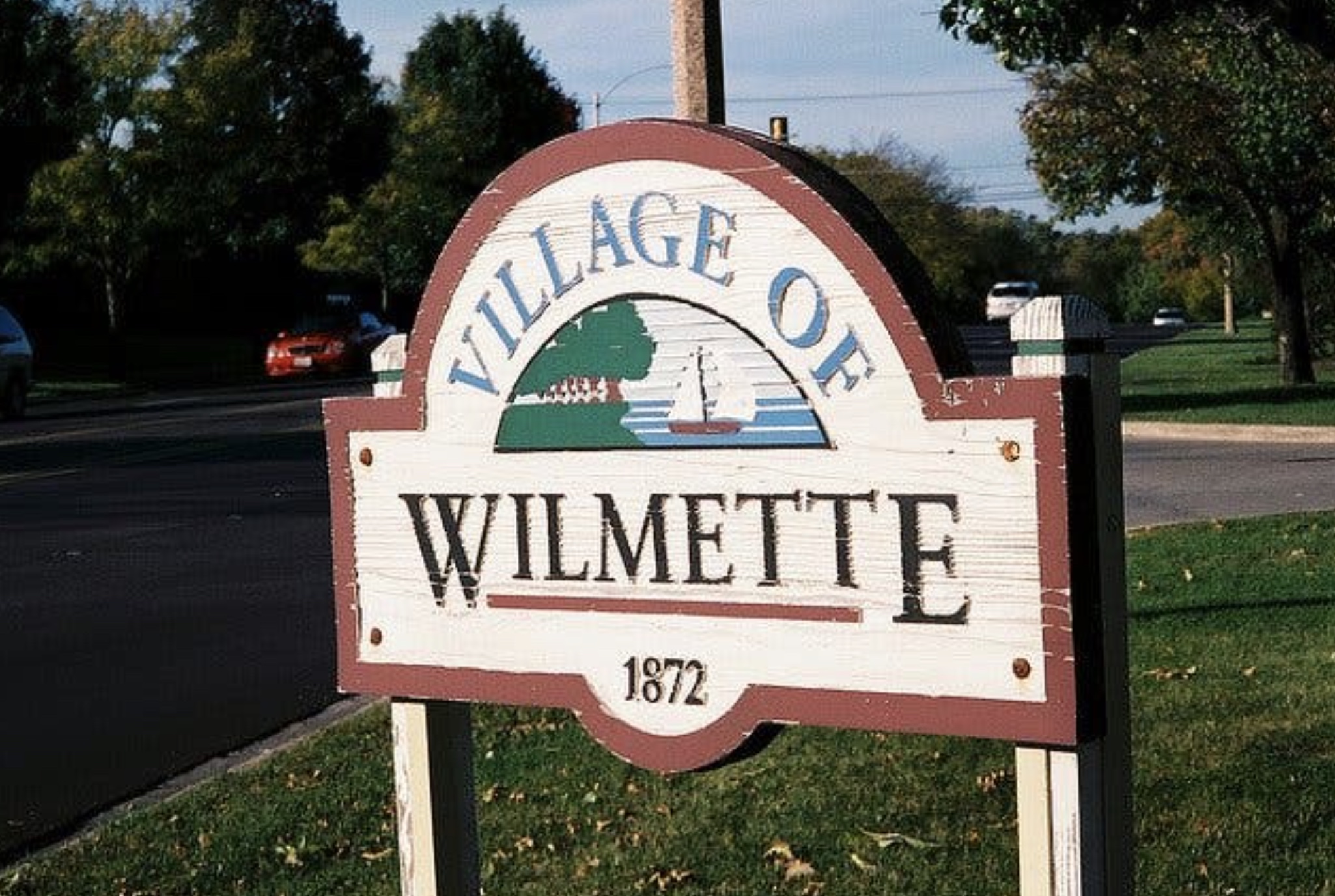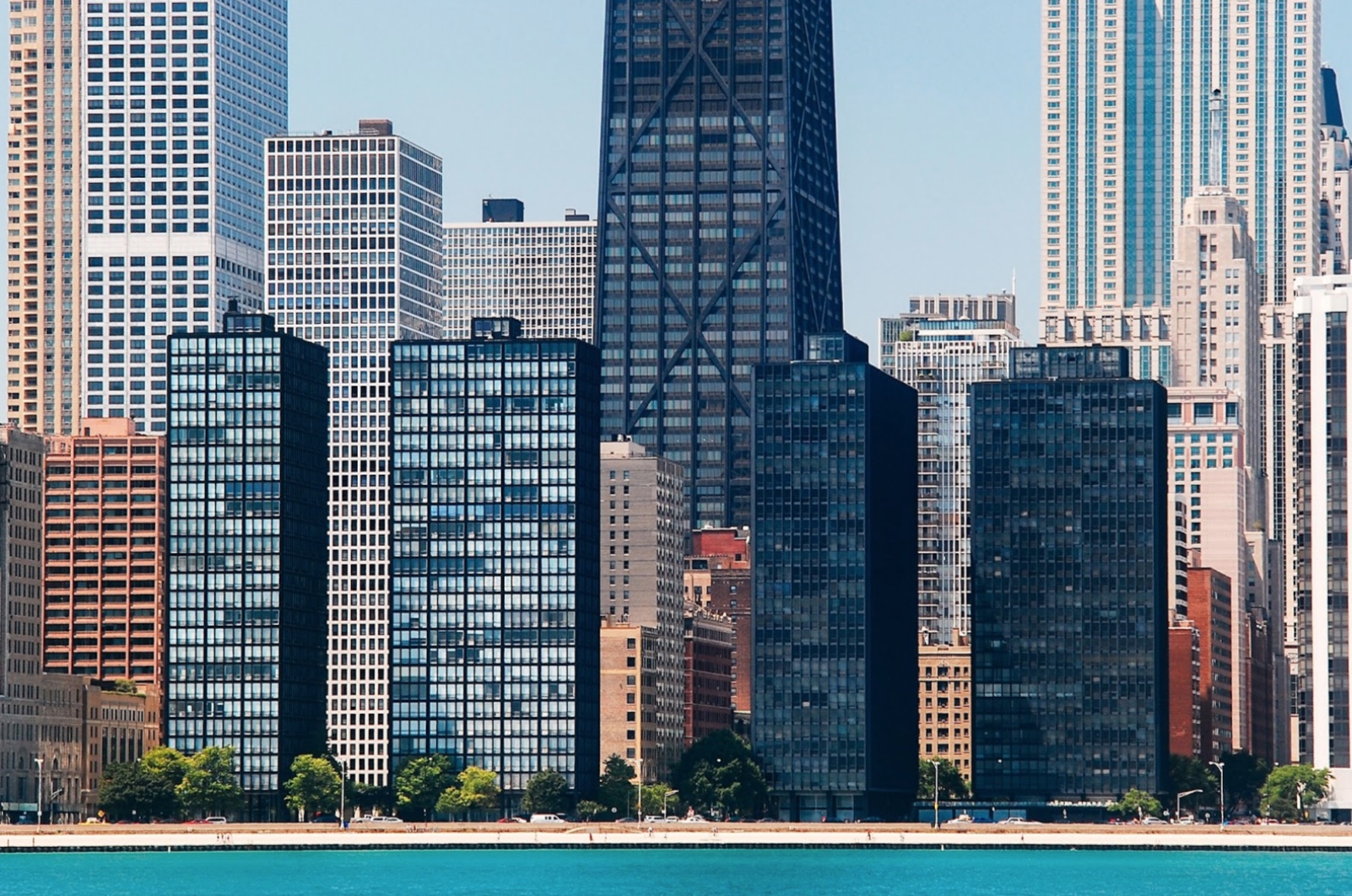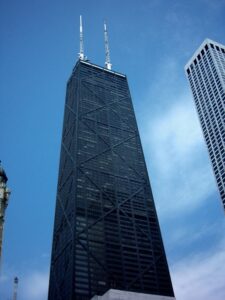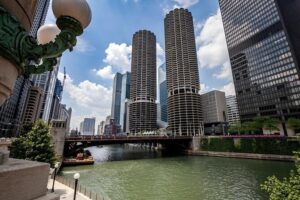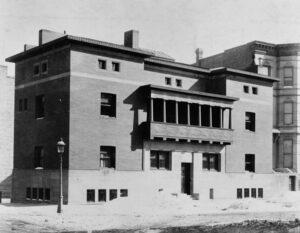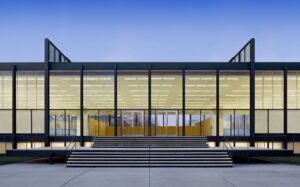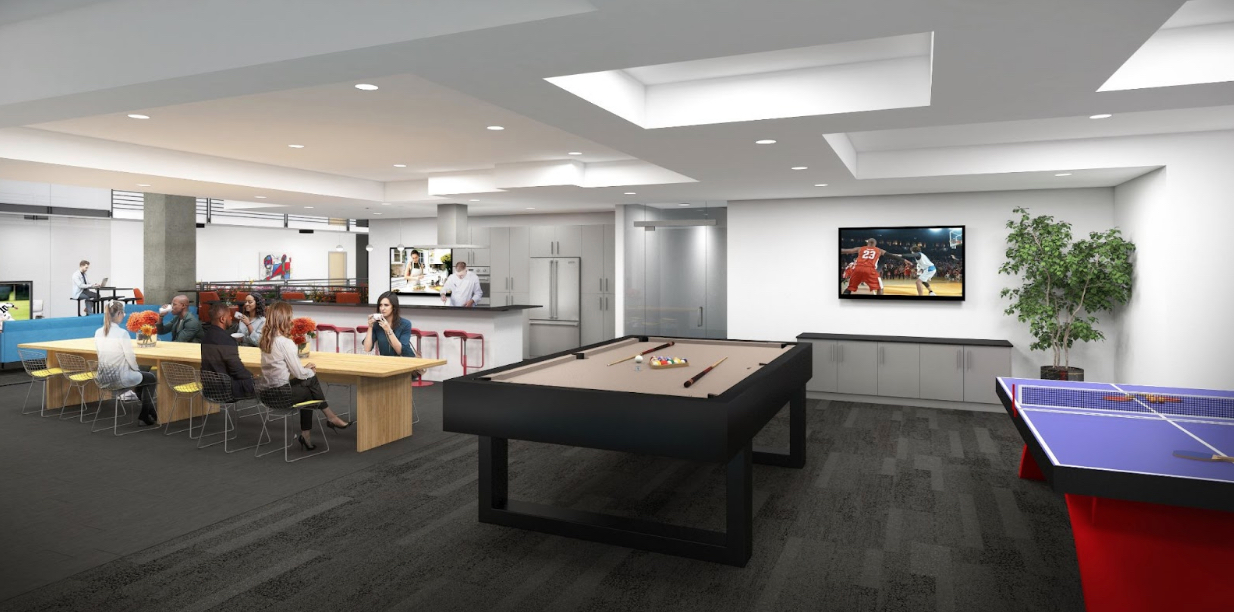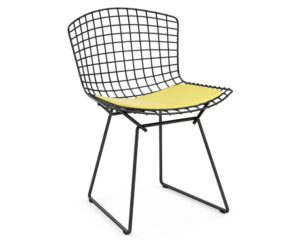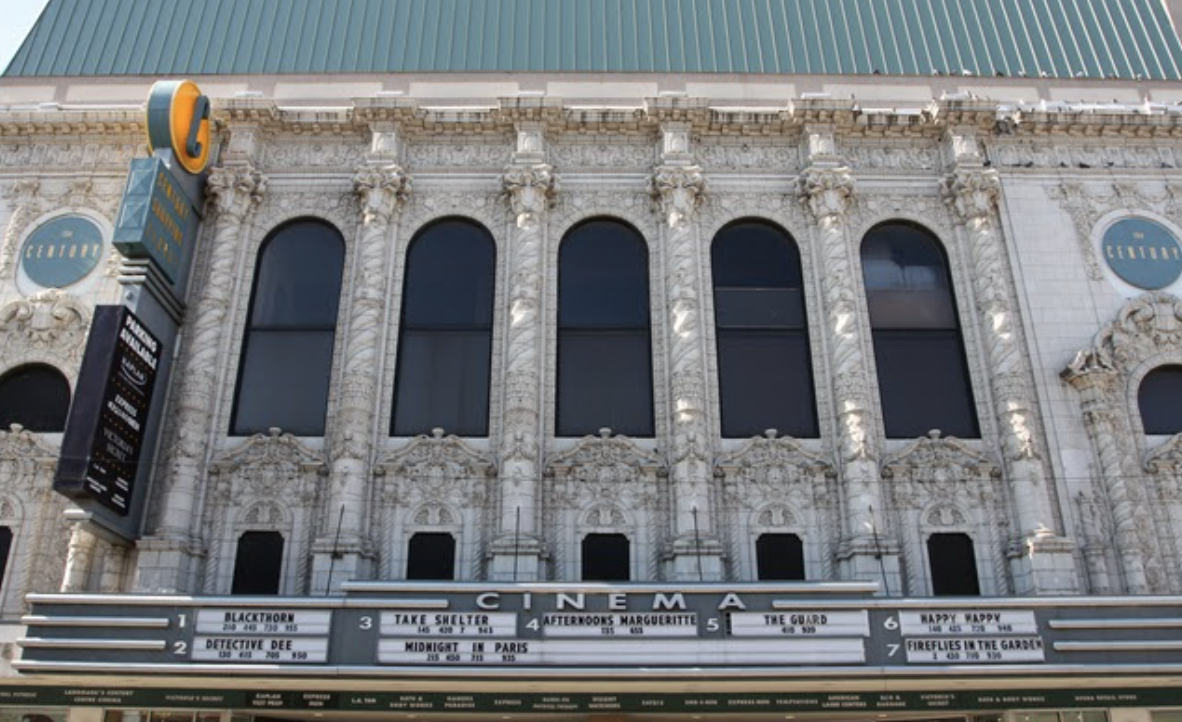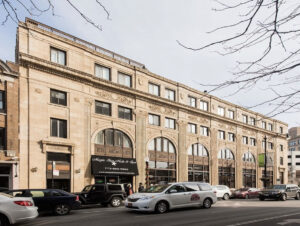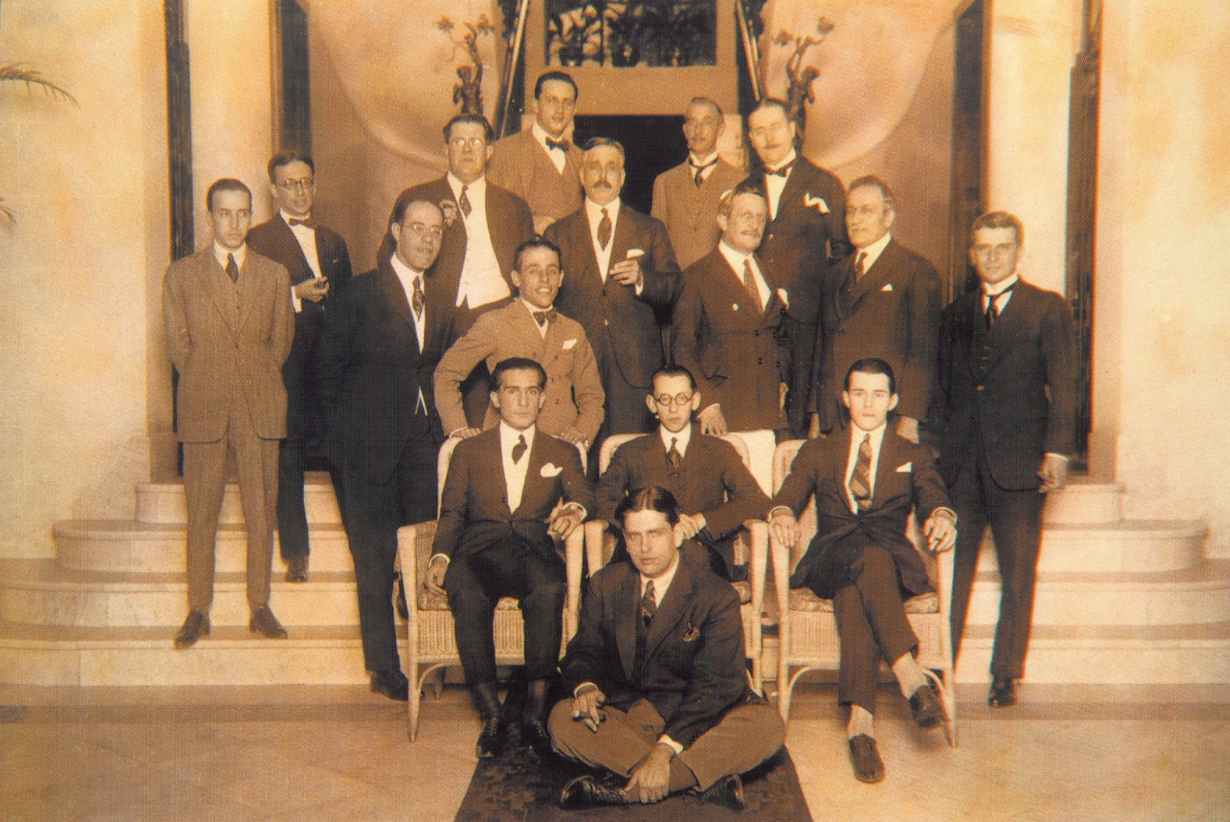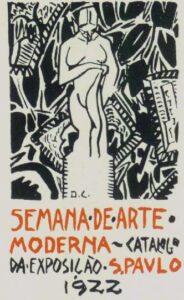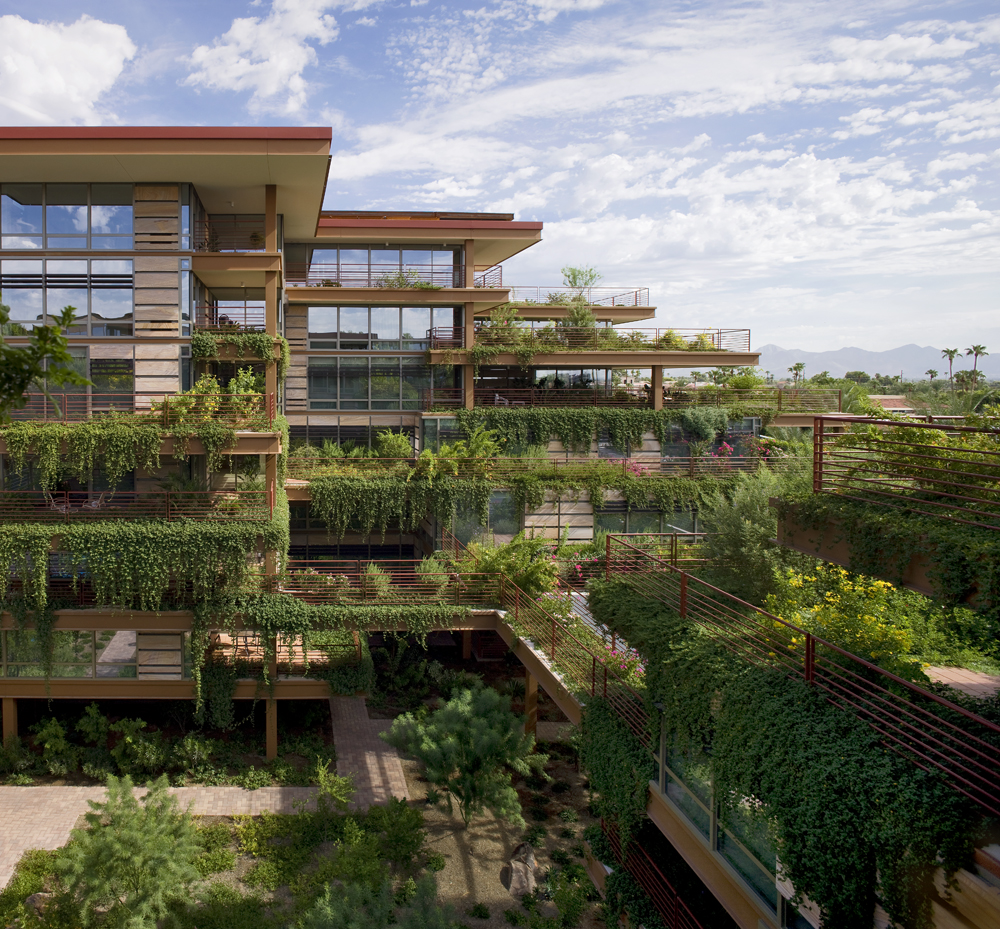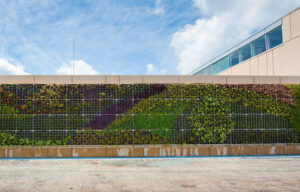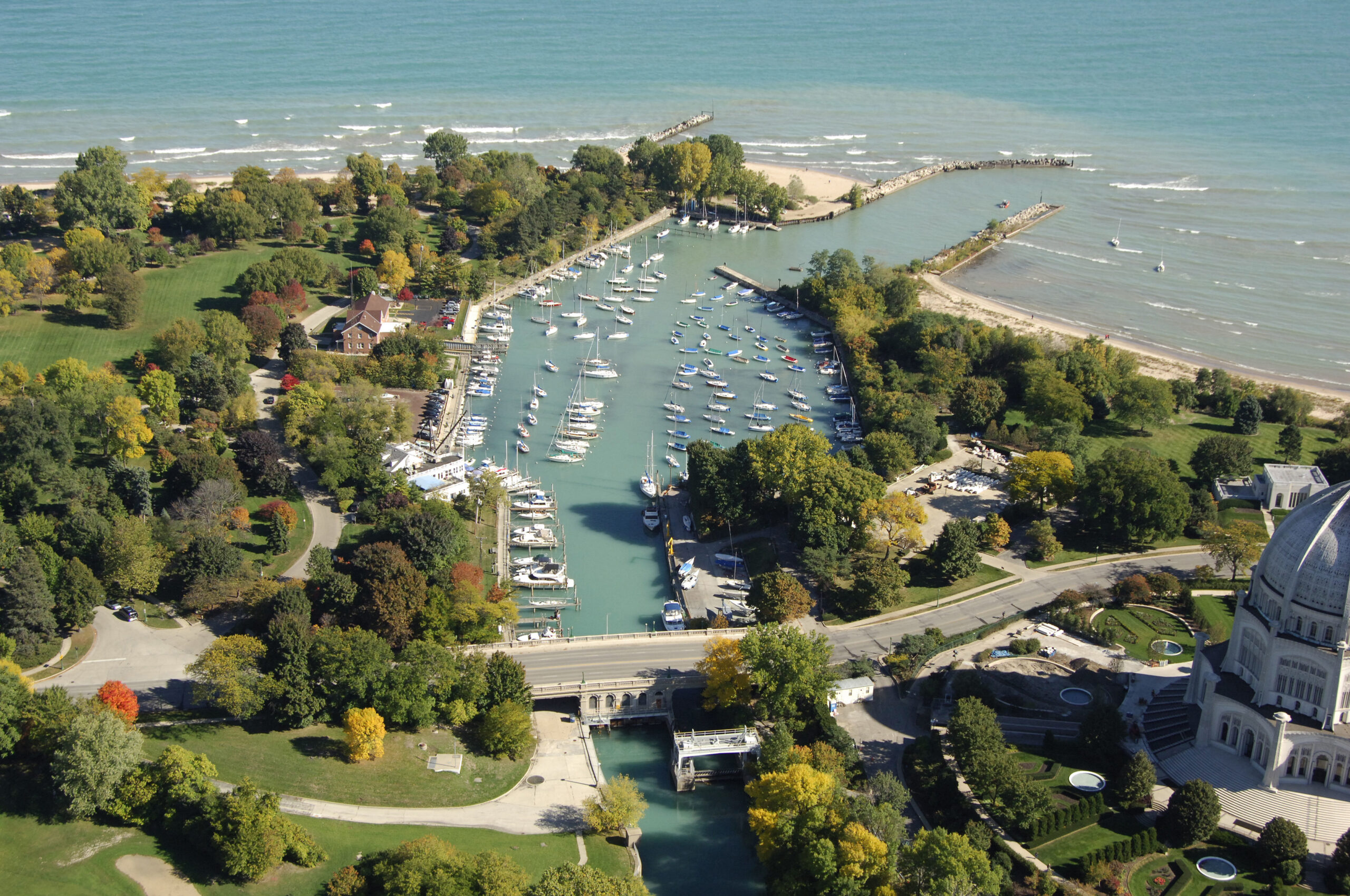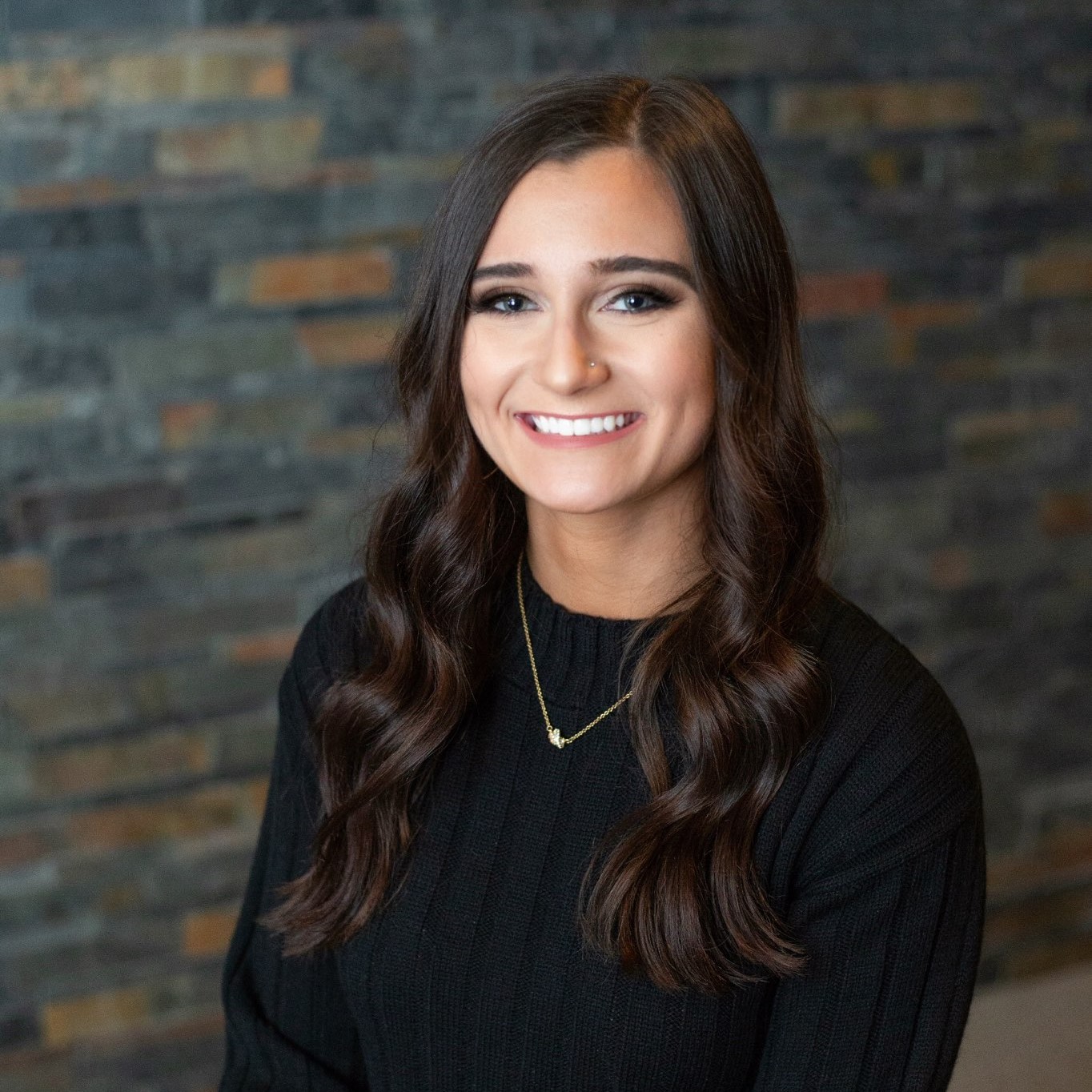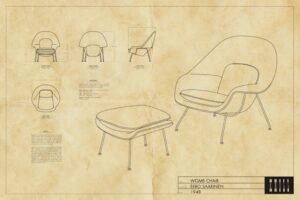Hot off the press is the spectacular retrospective of the 40+ year career of David Hovey Sr., FAIA, Optima’s CEO and Founder. David Hovey Sr., released by Images Publishing, is a collector’s item that arrived on bookshelves in January 2022. The monograph opens with a beautiful introductory essay by the late luminary architect Helmut Jahn, who wrote about their decades-long friendship and Hovey’s “staggering” influence on architecture. Entitled “Living Beautifully,” Jahn explains:
“The best thing that can be said about the work of David Hovey Sr. in his chosen field of multi-family and single-family housing is that he builds unique and inventive dwellings for people to live beautifully. That he chooses to play not just the role of the architect but also that of developer, contractor, construction manager, sales and leasing agent, and building operator makes the achievement even more remarkable. As his own client and CEO of his company, Optima, Hovey demonstrates that it’s possible to successfully execute the very different skills of an architect and a developer by applying tremendous knowledge and tenacity and assuming great responsibility. Many who have tried to work as an architect-developer have failed because they did not find the right balance. David Hovey expanded the role of the architect to the level of a master building and in this, he is without equal in his generation.”
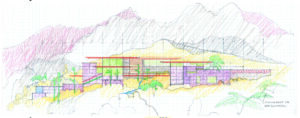
In the words of friend and chronicler, Jahn talks about the arc of Hovey’s career:
“Hovey’s built work is a testament to constant refinement and improvement, each project a step along a path to take on new and bigger challenges, never being afraid of making a mistake by doing something new. The achievements of an architect become more evident with the passing of time. The good buildings become more important, the others will be forgotten.”
In Jahn’s reflections on Hovey’s deep understand of the complex issue of climate change, he shares his thoughts this way:
“David Hovey’s work should be recognized for more than its architectural design. This is particularly evident in his desert buildings where he addresses the important issue of climate change that challenges architecture today. Authorities measure energy consumption as the primary factor in building construction. Looking at energy efficiency alone is the wrong measure. We don’t have an energy problem, we have an emissions problem. Carbon dioxide is the principal culprit in climate change and the building industry contributes a considerable amount of it to the atmosphere.
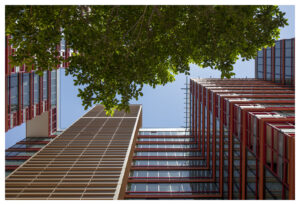
“In Hovey’s buildings, there are strategies that address climate issues. This is demonstrated in the use of many prefabricated lightweight materials for load-bearing or non-load-bearing, enclosing parts. This extends to the use of recycled steel. Hovey regularly employs effective sun-shading devices. His strategies include LED lighting as well as energy-saving heating, air conditioning, and ventilation systems. Sustainability is assured by design and not through additional equipment or devices, which don’t pay off over time. Here, the mind of the architect and developer in one person can best design and build buildings where nothing can be taken away to come closer to perfection. Only through knowledge, determination, and a deep sense of responsibility can these energy goals be achieved, as the buildings show.”
Stay tuned for other inspiring excerpts from David Hovey Sr., along with stunning images of completed structures and his extraordinary sketches. For those who wish to purchase the book, it is available through a number of booksellers online.
